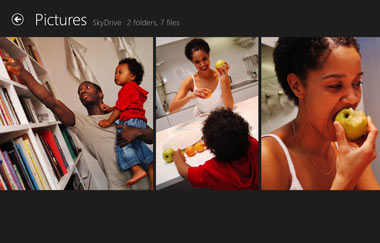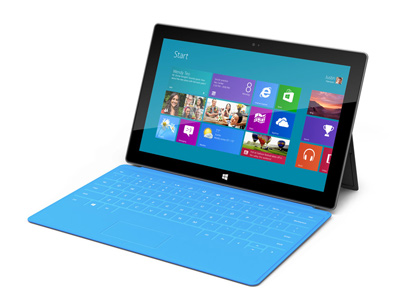Windows 8
Upgrading to Windows 8.1
Upgrading to Windows 8.1
 Windows 8.1
Windows 8.1Now that you've seen some of the new features that Windows 8.1 has to offer, you'll need to decide whether you should upgrade an existing computer or buy a new computer or tablet that has it pre-installed.
In this lesson, we'll talk about the different editions you can buy, the hardware requirements, and how to buy Windows 8.1.
Windows 8.1 Editions and pricing
Windows 8.1 was released as an update to Windows 8 in October 2013. There are three main editions:
- Windows 8.1: This is the standard edition, and it will run on desktops, laptops, and some tablets.
- Windows 8.1 Pro: This gives you all of the features of Windows 8.1, as well as some extra features intended for advanced users and businesses. For example, people who need more security can use BitLocker to encrypt their files.
- Windows RT 8.1: This is the edition that most tablets will have. It may also be used by some budget laptops and netbooks. Windows RT comes pre-installed with a version of Microsoft Office, known as Office RT, which is optimized for touchscreens.
If you're buying a new Windows computer or laptop, Windows 8.1 will probably come pre-installed. If you want to upgrade your current computer, you can purchase Windows 8.1 for $119.99, or Windows 8.1 Pro for $199.99. You can purchase either version from a retail store or directly from Microsoft.
For a complete list of differences between editions, go to the Which Windows is right for you? page from Microsoft.
What's the difference between Windows 8.1 and Windows RT 8.1?
You cannot install desktop applications on Windows RT 8.1. While Windows RT gives you access to the Desktop, you can only use it for Office RT and customizing certain settings. If you want to install and use traditional desktop applications on your computer—for example, Adobe Photoshop or QuickBooks—you will need a device that runs Windows 8.1 or 8.1 Pro.
Windows 8.1 tablets
If you want to use Windows 8.1 on a tablet, you'll need to buy a tablet that has it pre-installed, such as the Microsoft Surface. Other manufacturers also sell tablets that use Windows 8.1. Keep in mind that many tablets run Windows RT 8.1, which means you won't be able to install desktop applications.
 Microsoft Surface
Microsoft Surface





